The money plant, also known as Epipremnum aureum (commonly referred to as Devil’s Ivy) or Pachira aquatica (Money Tree), is a beloved indoor and outdoor plant known for its easy maintenance and symbolic association with prosperity and luck. While hardy by nature, one of the most common mistakes people make with this plant is improper watering. Overwatering or underwatering can lead to a host of problems. This comprehensive guide dives deep into the watering needs of money plants and helps you understand exactly how often you should water yours.
Understanding the Money Plant’s Watering Needs
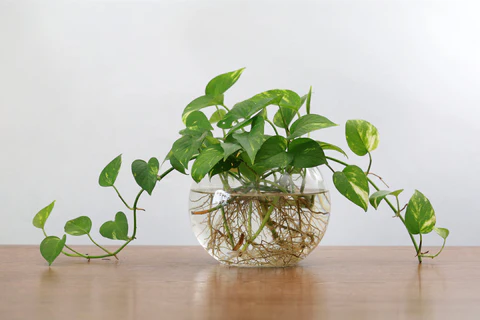
The ideal watering schedule depends on several key factors:
- Type of Money Plant
- Epipremnum aureum (Pothos or money vine): Grown in soil or water indoors.
- Pachira aquatica (Money Tree): Grown in soil with a trunk often braided.
- Both varieties have different tolerances to moisture levels and environmental conditions.
- Growth Medium
- Plants grown in soil need less frequent watering than those grown in water.
- Soil retains moisture but can become soggy and suffocate roots.
- Water-based propagation requires regular topping-up and complete water changes every 7–10 days.
Watering Schedule for Soil-Grown Money Plants
Indoor Money Plant (Potted in Soil)
- Spring & Summer: Water once every 7–10 days. The plant actively grows during this time and needs more moisture.
- Fall & Winter: Water every 2–3 weeks, as growth slows down and the plant needs less water.
- Golden Rule: Always check the top 1-2 inches of soil—if dry, it’s time to water.
Outdoor Money Plant
- In pots: Water once or twice a week, depending on heat and wind exposure.
- In the ground: Water deeply every 7–10 days, but ensure well-drained soil to avoid root rot.
Watering Schedule for Hydroponically Grown Money Plants
If your money plant is grown in water (typically Epipremnum aureum):
- Change the water every 7–10 days to prevent stagnation.
- Top up the water level if it drops due to evaporation.
- Add nutrients (liquid fertilizer diluted to ¼ strength) once every 2–3 weeks.
Tip: Use room temperature, filtered water to prevent mineral buildup and shock to the plant.
Signs You’re Watering Correctly
Your money plant should:
- Have glossy, vibrant green leaves
- Show steady growth with new leaf shoots
- Appear perky and upright
If the plant exhibits these signs, your watering schedule is working well.
Common Watering Mistakes and How to Fix Them

1. Overwatering
Symptoms:
- Yellowing leaves
- Drooping despite wet soil
- Moldy smell or root rot
Fix:
- Remove excess water immediately.
- Let the soil dry completely before watering again.
- Repot using fresh, well-draining soil if root rot is present.
2. Underwatering
Symptoms:
- Crispy, dry leaves
- Brown leaf tips
- Soil pulling away from the pot edges
Fix:
- Water deeply until it drains from the bottom of the pot.
- Soak the pot in a basin for 15–20 minutes if the soil is too dry to absorb water.
Best Practices for Watering a Money Plant
- Use Well-Draining Soil
- Combine regular potting soil with perlite or sand for improved drainage.
- Choose the Right Pot
- Always use a pot with drainage holes to prevent waterlogging.
- Terracotta pots are great because they allow excess moisture to evaporate.
- Watering Technique
- Use a watering can with a narrow spout.
- Water thoroughly until water drains out of the pot’s bottom.
- Empty the tray under the pot to avoid root rot.
- Humidity Considerations
- Money plants enjoy medium to high humidity.
- If your home is dry, mist the leaves occasionally or place the pot on a pebble tray filled with water.
- Adapt to Environment
- In humid or rainy areas, water less frequently.
- In hot and dry climates, water more often and monitor the soil closely.
Seasonal Adjustments to Watering
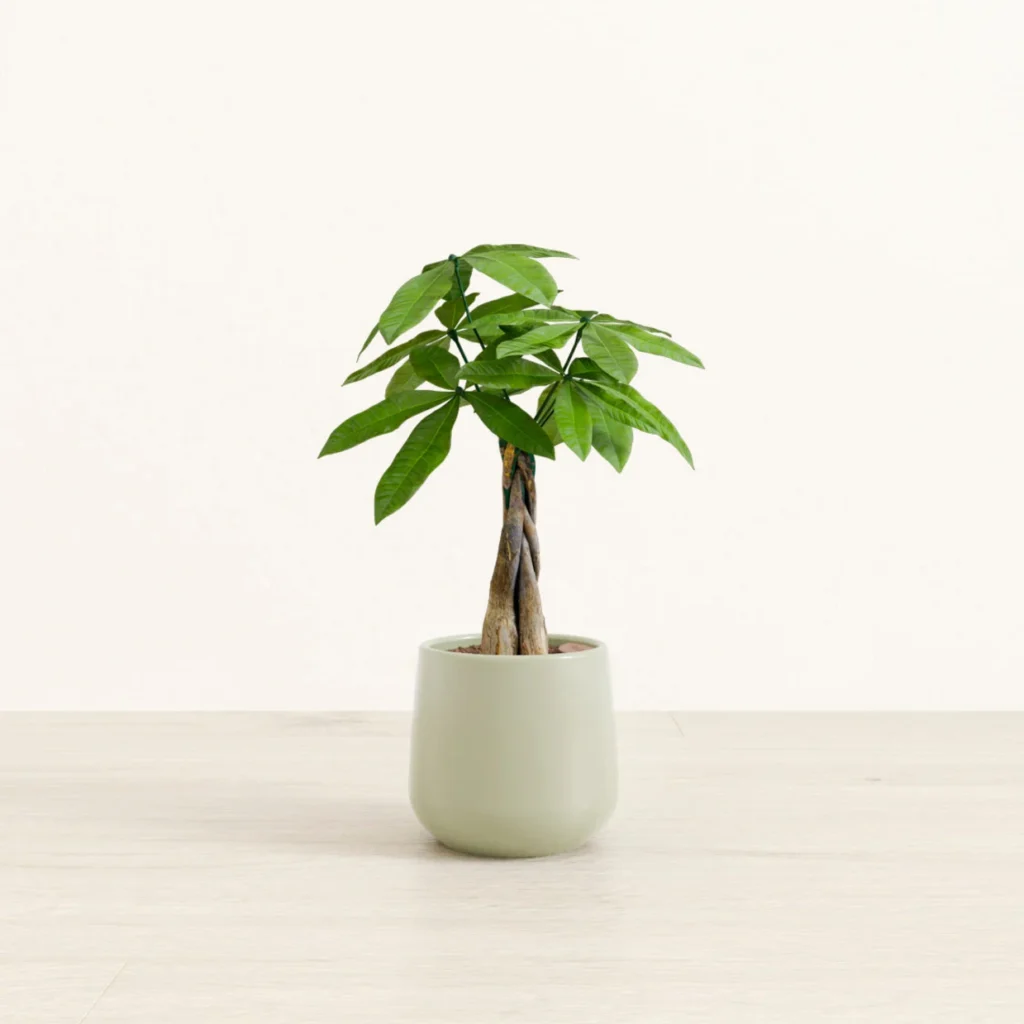
- Spring/Summer: Growth is active, and the plant uses more water. Increase frequency but ensure the soil dries between waterings.
- Autumn/Winter: Reduce watering. Always check the soil before adding water to avoid overwatering during dormancy.
Bonus Tips for Healthy Money Plants
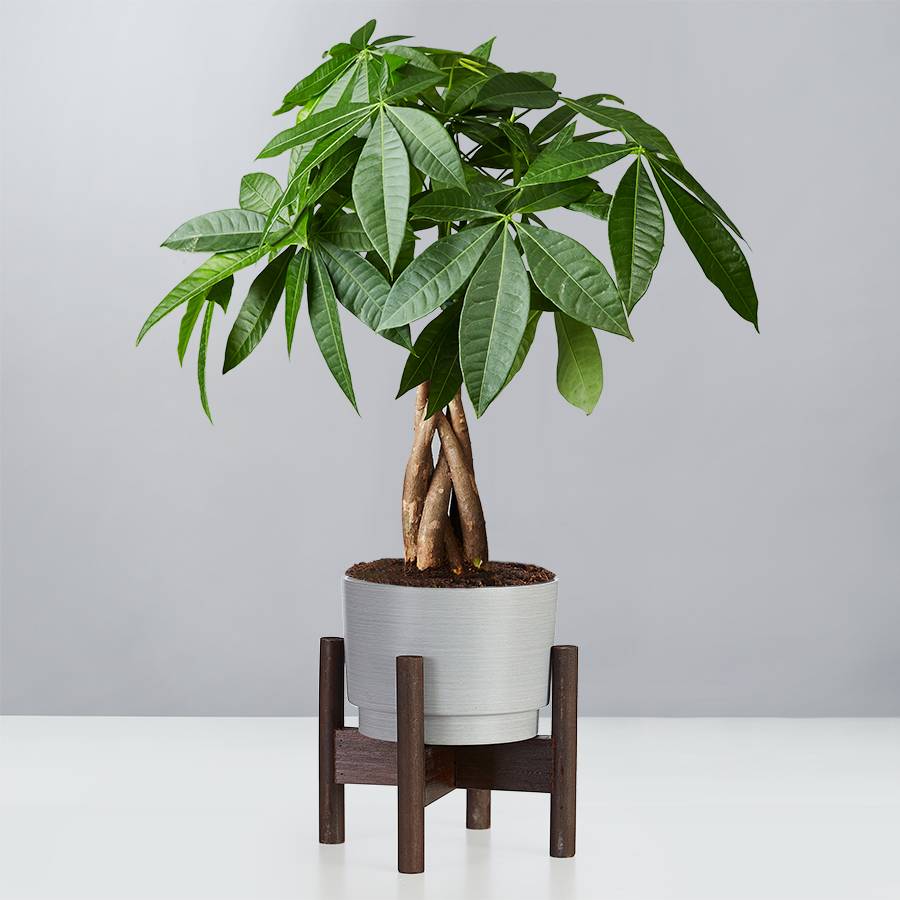
- Fertilize every 4–6 weeks during the growing season with a balanced liquid fertilizer.
- Rotate the plant regularly to ensure even light exposure and balanced growth.
- Trim leggy vines or yellow leaves to promote healthier growth.
- Clean leaves with a damp cloth to remove dust and allow better photosynthesis.
Troubleshooting: FAQ
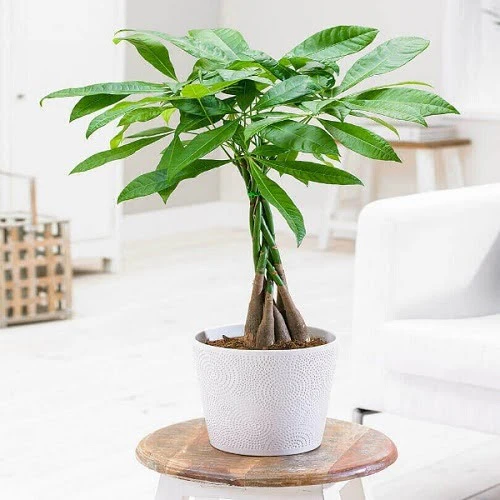
Q1: Can I water my money plant with tap water?
A: Yes, but it’s better to let it sit for 24 hours before use to let chlorine dissipate. Filtered or rainwater is ideal.
Q2: My plant is drooping after watering. What’s wrong?
A: It could be a sign of root rot due to overwatering. Check soil drainage and root health.
Q3: Can I mist my money plant daily?
A: Misting once or twice a week is enough in most homes. Avoid misting at night to prevent fungal growth.
Q4: Is a self-watering pot suitable for money plants?
A: Yes, but monitor the moisture level to avoid soggy soil conditions.
Conclusion
Watering your money plant isn’t about sticking to a rigid schedule—it’s about listening to the plant and adapting based on the season, soil, light, and humidity. With the right watering technique and a little attention, your money plant can thrive indoors or outdoors, rewarding you not just with lush green leaves but also symbolic prosperity and good luck.
So next time you ask yourself, “How often should I water my money plant?” remember: Check the soil first, and let your plant guide you.
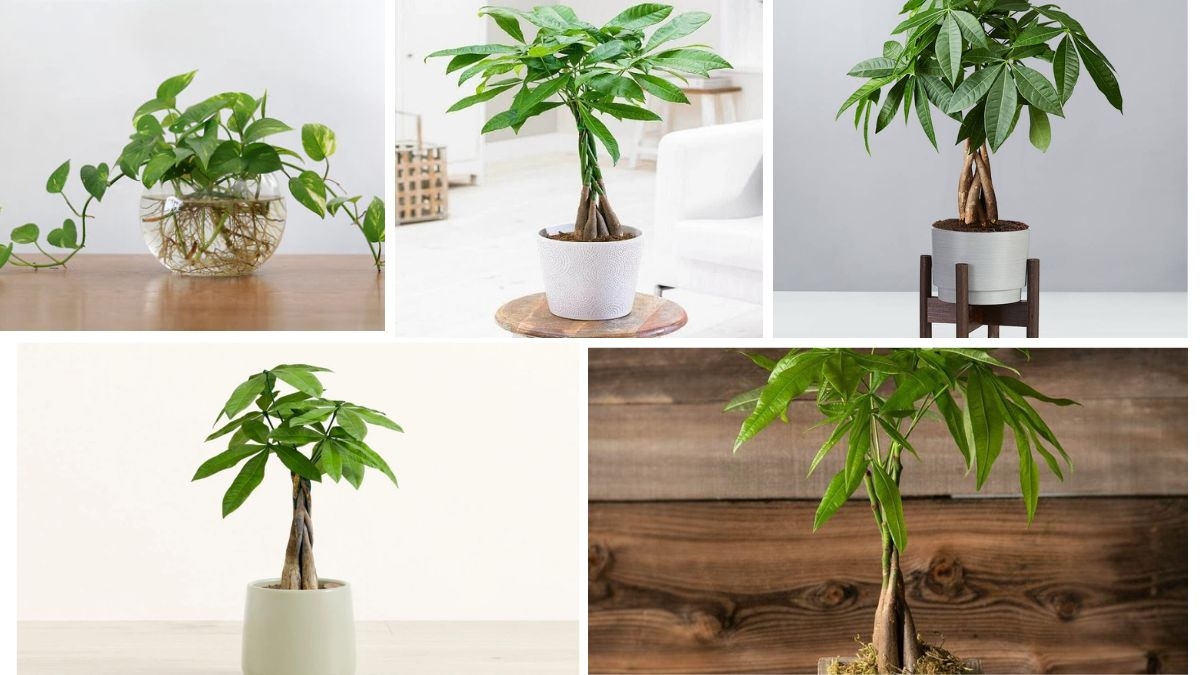





Leave A Comment